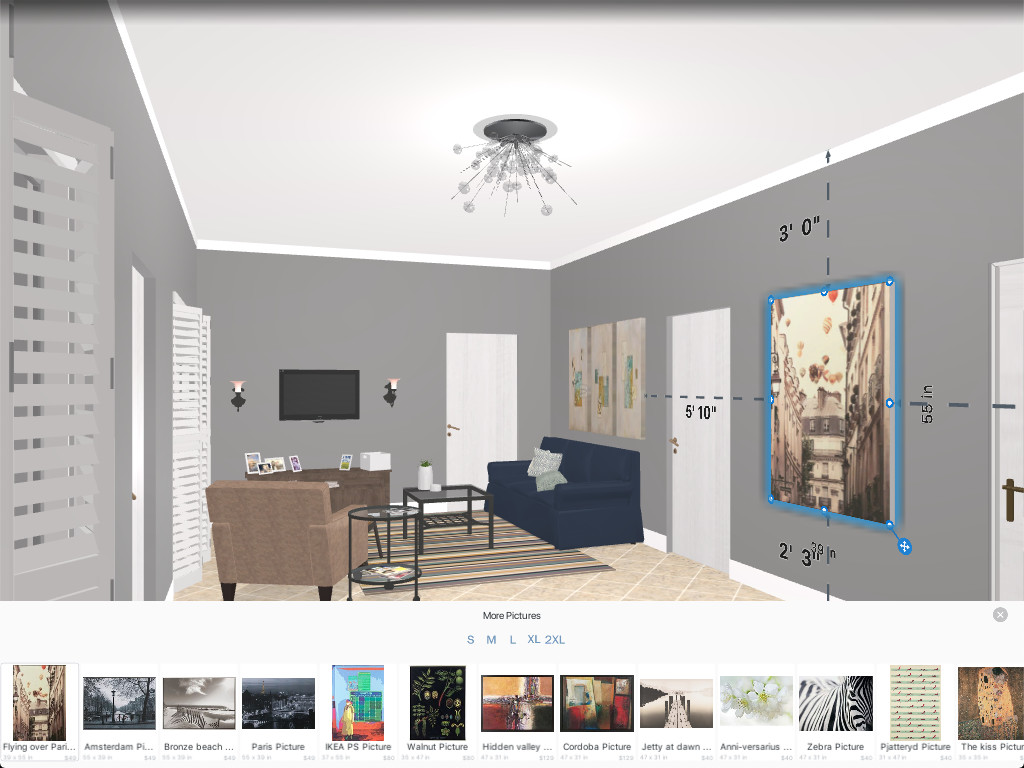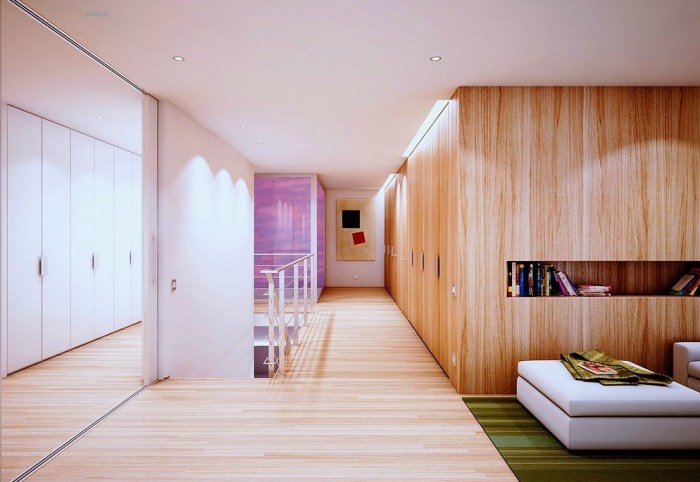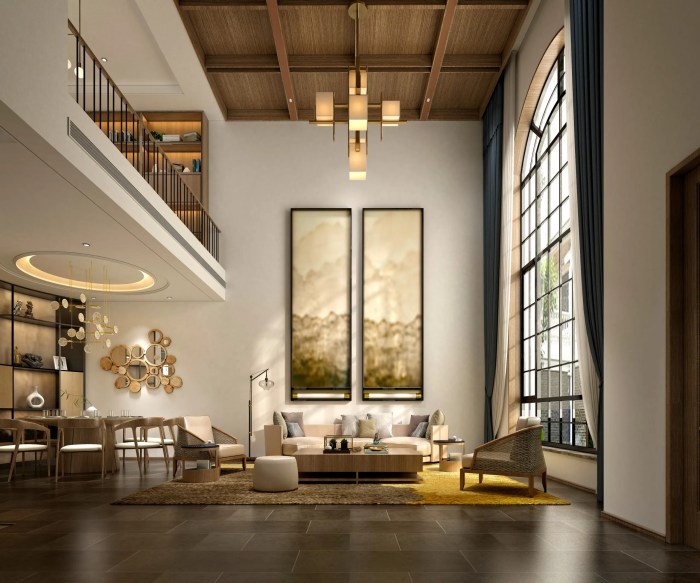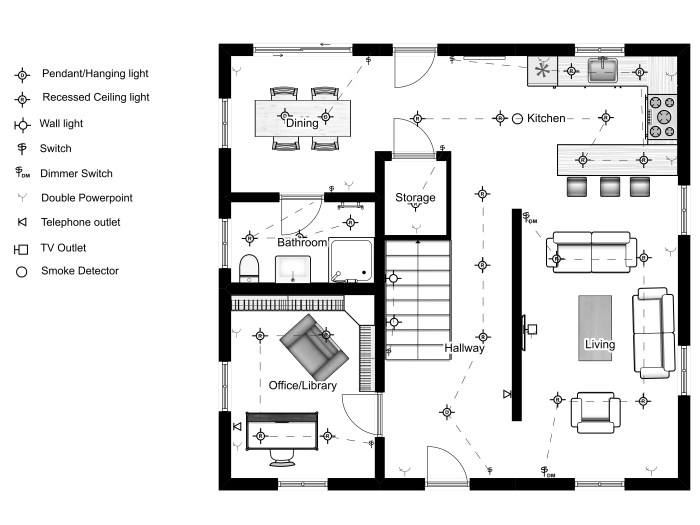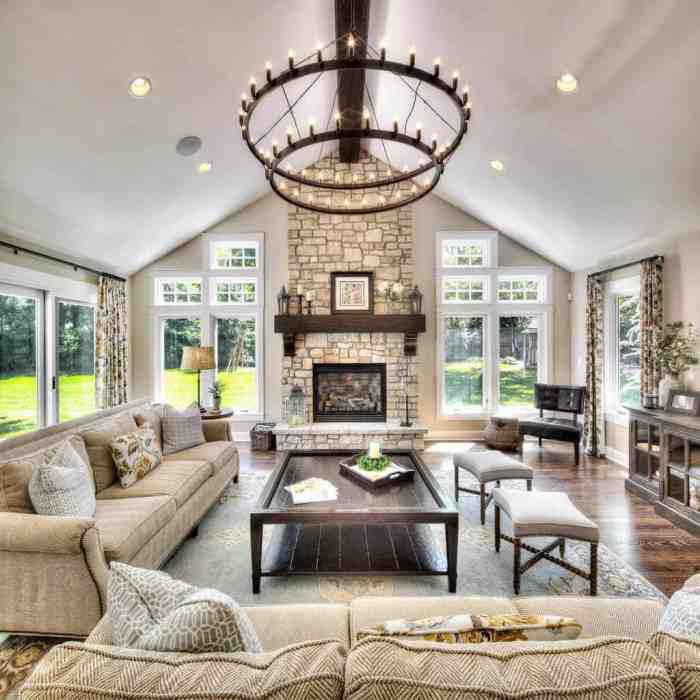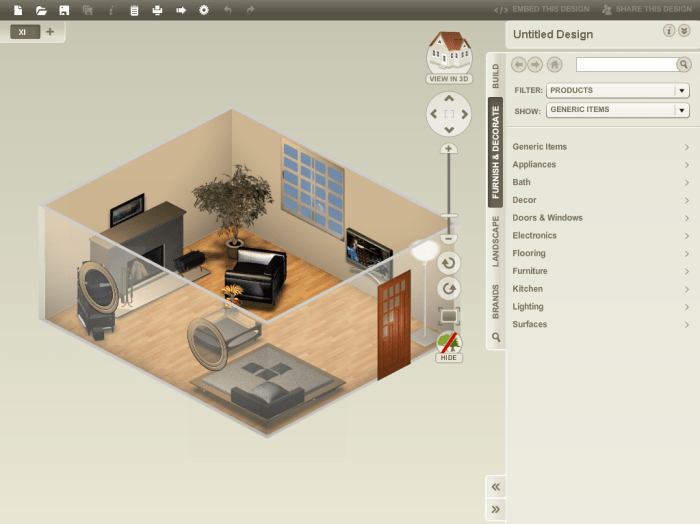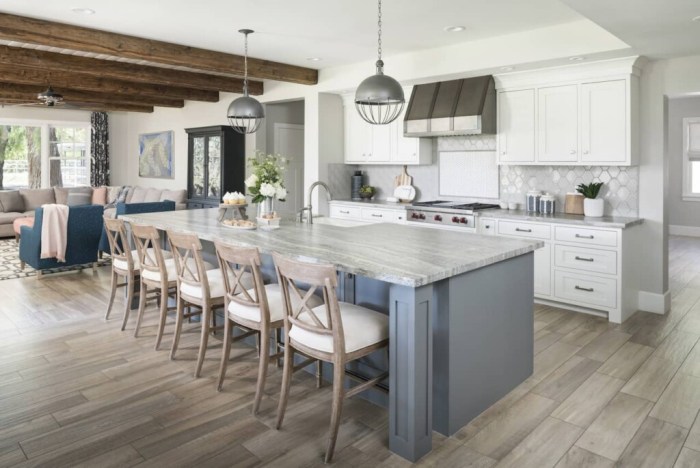Step into the world of Japandi living rooms, where the timeless elegance of Japanese aesthetics meets the simplicity of Scandinavian design. This unique fusion creates a harmonious space that is both calming and stylish. Get ready to explore the key elements that define this trend and how you can incorporate it into your own home.
As we delve deeper, you'll uncover the secrets to creating a Japandi living room that exudes tranquility and sophistication.
Introduction to Japandi Living Room
Japandi style is a harmonious fusion of Japanese minimalism and Scandinavian simplicity in interior design. It combines the best of both worlds to create a serene and functional living space.
Key Characteristics of a Japandi Living Room
- Neutral Color Palette: Japandi living rooms often feature a neutral color scheme with earthy tones like beige, grey, and white.
- Natural Elements: Incorporating natural materials such as wood, stone, and bamboo is essential to bring a sense of warmth and nature indoors.
- Functional Furniture: Japandi style emphasizes practicality and functionality, so furniture pieces are often sleek, simple, and multi-functional.
- Clutter-Free Space: Keeping the space clutter-free and well-organized is a key aspect of Japandi design, promoting a sense of calmness and tranquility.
Comparison with Other Design Styles
While Japandi shares similarities with Scandinavian and minimalistic design, it also has distinct features that set it apart:
- Scandinavian: Japandi is more minimalistic and incorporates Japanese aesthetics for a more refined and sophisticated look.
- Minimalism: Japandi maintains the simplicity and functionality of minimalism but adds warmth and coziness through Japanese influences.
Color Palette and Materials
In a Japandi living room, the color palette typically consists of neutral tones like white, beige, grey, and black. These colors create a serene and calming atmosphere while allowing natural materials to stand out.
Importance of Natural Materials
Natural materials play a crucial role in Japandi design as they bring warmth, texture, and a sense of nature into the space. Materials such as wood, bamboo, and stone are commonly used to create a harmonious balance between Japanese minimalism and Scandinavian coziness.
- Wood: Incorporate wood into furniture pieces like coffee tables, bookshelves, and accent chairs. Opt for light or medium-toned wood to add warmth to the room.
- Bamboo: Bamboo can be used for decor elements like blinds, wall hangings, or even flooring. Its light and eco-friendly nature align well with the Japandi aesthetic.
- Stone: Introduce stone elements through countertops, side tables, or decorative objects. The natural textures of stone add depth and a touch of earthiness to the space.
Furniture and Layout
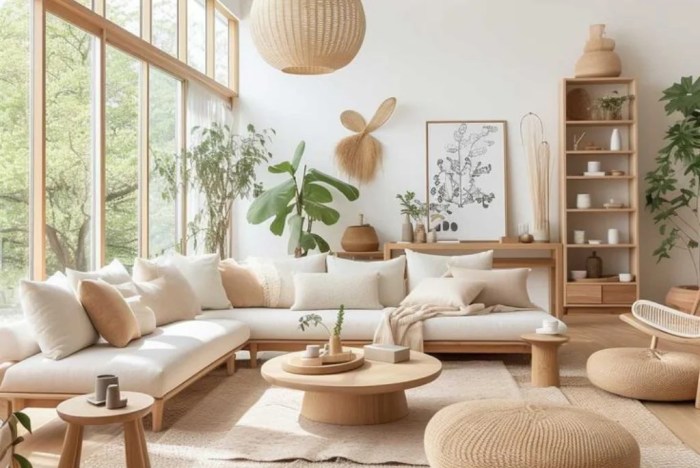
In a Japandi living room, you will commonly find furniture pieces that blend Japanese and Scandinavian design elements. These can include low-profile sofas, minimalist coffee tables, floor cushions, and natural wood shelving units.
Principles of Minimalism and Functionality
When choosing furniture for a Japandi living room, it is essential to prioritize minimalism and functionality. Opt for pieces with clean lines, neutral colors, and multifunctional features to maintain a clutter-free and practical space.
- Focus on quality over quantity to ensure that each piece serves a specific purpose.
- Choose furniture with hidden storage options to keep the room organized and visually appealing.
- Select items made from sustainable materials like bamboo, oak, or teak to align with the natural aesthetic of Japandi design.
Tips for Furniture Arrangement
Arranging furniture in a Japandi living room requires careful consideration to achieve a balanced and harmonious space. Follow these tips to create a cohesive layout:
- Start by defining functional zones within the room for activities such as lounging, dining, and reading.
- Place larger furniture pieces like sofas and shelving against the walls to open up the center of the room and create a sense of spaciousness.
- Use area rugs to anchor furniture groupings and add warmth to the space while maintaining visual continuity.
- Incorporate natural elements like potted plants or bonsai trees to bring a touch of nature into the room and enhance the Japandi aesthetic.
Decor and Accessories
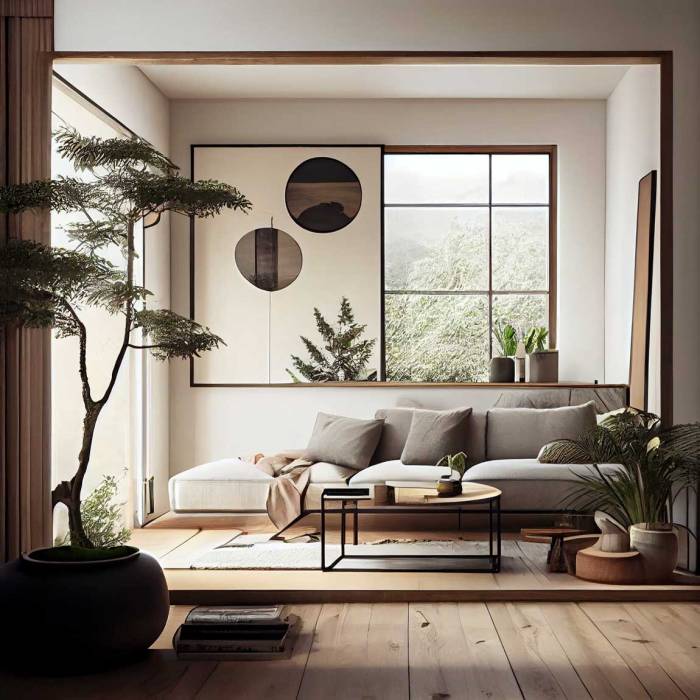
When it comes to decorating a Japandi living room, incorporating decor items that blend Japanese and Scandinavian elements is key to achieving the harmonious balance of both styles. Elements such as Japanese pottery, Scandinavian textiles, and indoor plants play a significant role in adding warmth, texture, and character to the space.
Japanese Pottery and Scandinavian Textiles
Japanese pottery, known for its simplicity and natural aesthetic, can be displayed as decorative pieces or used for serving purposes in a Japandi living room. Pairing these pottery pieces with Scandinavian textiles, such as wool or linen cushions and throws, creates a cozy and inviting atmosphere while adding a touch of elegance to the space.
Indoor Plants and Wabi-Sabi Concept
The concept of "wabi-sabi," which embraces imperfection, impermanence, and authenticity, greatly influences decor choices in a Japandi living room. Incorporating indoor plants not only brings a sense of nature indoors but also reflects the wabi-sabi philosophy by celebrating the beauty of imperfection and simplicity.
Personal Touches in Japandi Aesthetic
Adding personal touches to a Japandi living room while maintaining the aesthetic can be achieved through carefully selected decor items that resonate with your individual style. Consider incorporating personal collections, family heirlooms, or handmade items that complement the clean lines and neutral color palette of the Japandi style, ensuring a space that feels unique and reflective of your personality.
Closing Summary
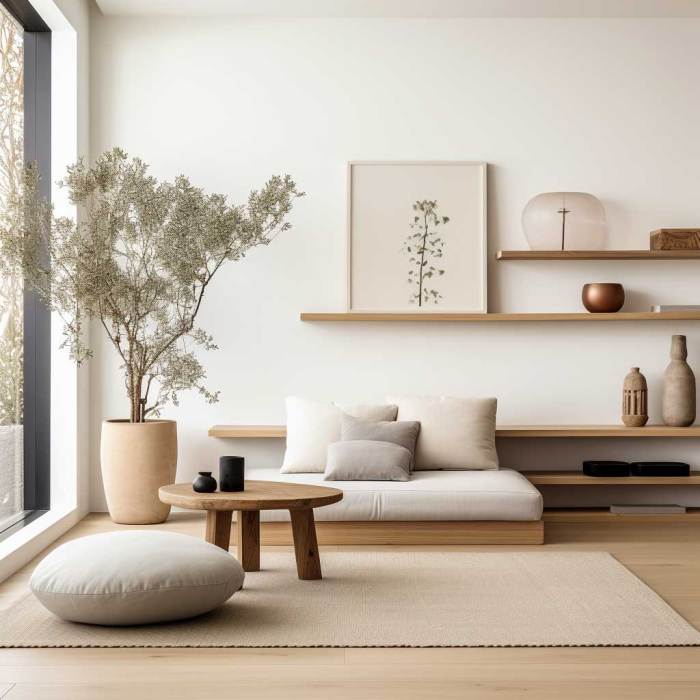
In conclusion, Japandi living rooms offer a perfect blend of tradition and modernity, creating a space that is not only visually appealing but also functional and serene. Embrace this design trend to transform your living area into a haven of peace and beauty.
Clarifying Questions
What sets Japandi style apart from other design styles?
Japandi style combines the elegance of Japanese aesthetics with the minimalism of Scandinavian design, creating a unique blend of tranquility and functionality.
What are the typical materials used in a Japandi living room?
Natural materials like wood, bamboo, and stone are commonly used in Japandi design to create a sense of warmth and connection to nature.
How can I incorporate personal touches in a Japandi living room?
You can add personal touches to a Japandi living room by incorporating unique decor items like Japanese pottery or Scandinavian textiles while maintaining the overall aesthetic of simplicity and harmony.

